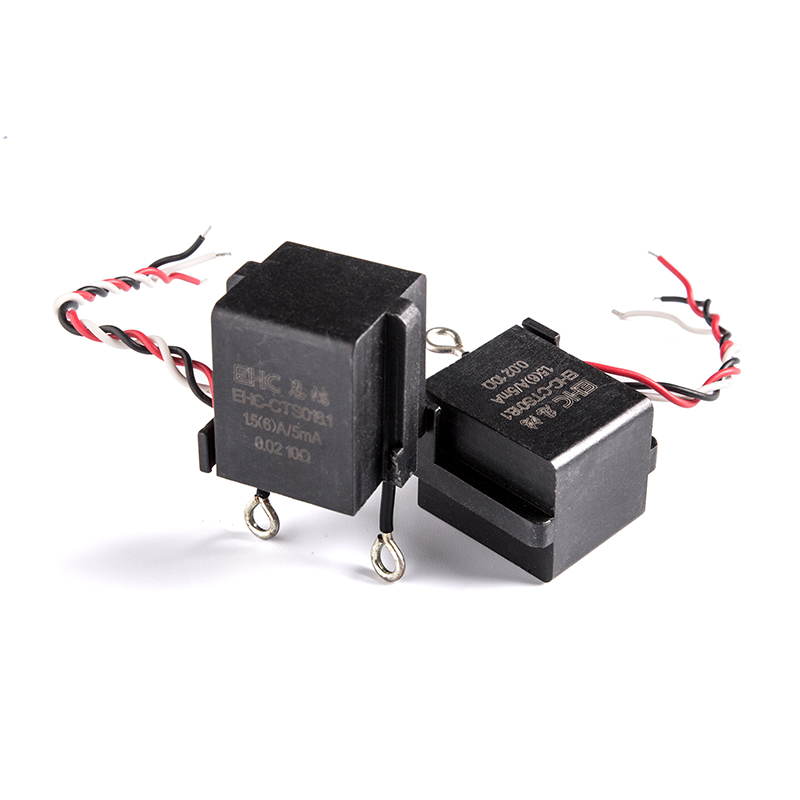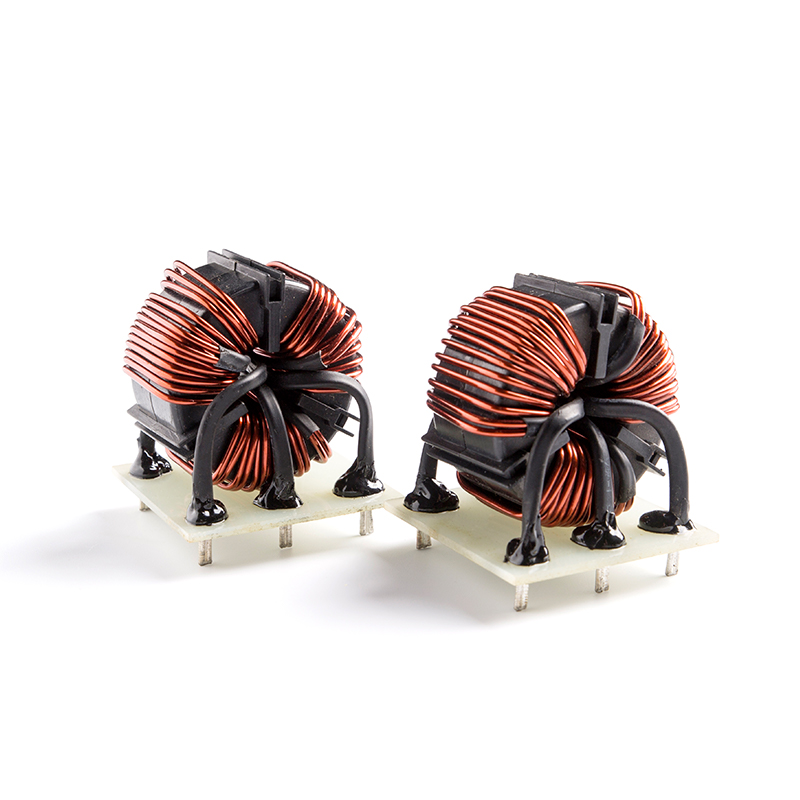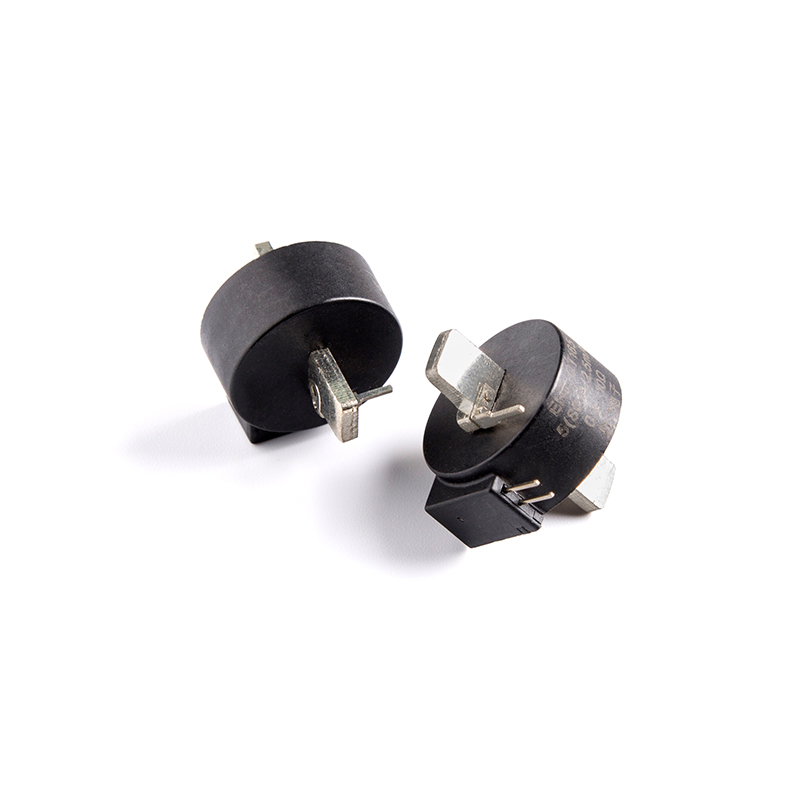In the intricate world of electrical engineering, where signals dance through circuits and power flows like a river, magnetic cores serve as the unsung heroes. These seemingly simple components play a crucial role in numerous applications, from transformers to inductors, powering our everyday devices and enabling modern technology.
At its core (pun intended), a magnetic core is a piece of ferromagnetic material, typically in the form of a solid rod, bar, or toroid, around which wire is wound to create an inductor or transformer. The choice of material for the core, such as iron, ferrite, or powdered iron, depends on factors like desired magnetic properties, operating frequency, and cost-effectiveness.
The primary purpose of a magnetic core is to concentrate and guide magnetic flux, enhancing the efficiency and performance of electromagnetic devices. When an electric current flows through the wire wound around the core, it generates a magnetic field. This magnetic field induces a magnetic flux in the core material, which in turn interacts with the current, producing the desired electromagnetic effects.
Transformers, one of the most ubiquitous applications of magnetic cores, rely on the principle of electromagnetic induction to transfer electrical energy between circuits. In a transformer, two coils of wire (the primary and secondary) are wound around a magnetic core. When an alternating current flows through the primary coil, it creates a changing magnetic field in the core, inducing a voltage in the secondary coil through electromagnetic induction. This allows for voltage transformation and electrical isolation between input and output circuits.
Inductors, another essential application, store energy in the form of a magnetic field when current passes through them. Magnetic cores in inductors serve to increase inductance, allowing for the storage of more energy in a smaller physical space. This is particularly crucial in applications where size and weight constraints are significant factors, such as in electronic devices and power supplies.
The choice of core geometry also plays a vital role in determining the performance characteristics of magnetic components. Toroidal cores, for example, offer superior magnetic flux containment and reduced electromagnetic interference compared to other shapes like E-cores or U-cores. This makes them ideal for applications where high efficiency and minimal electromagnetic noise are paramount.
In addition to their use in transformers and inductors, magnetic cores find applications in a wide range of fields, including telecommunications, renewable energy, and medical devices. They form the backbone of technologies like wireless charging systems, magnetic resonance imaging (MRI) machines, and power distribution networks, contributing to advancements in efficiency, reliability, and performance.
Despite their importance, magnetic cores often remain unnoticed, hidden within the confines of electronic devices and industrial machinery. However, their impact on modern technology cannot be overstated. As we continue to push the boundaries of what is possible in the realm of electrical engineering, magnetic cores will undoubtedly remain indispensable, silently shaping the world around us.
Understanding magnetic cores: the backbone of electrical engineering
Recommended Products
-
 View More >>
View More >>
Non-Toroidal C-Type Cut Amorphous Nanocrystalline Cores
Industry: Amorphous Nanocrystalline Core
-
 View More >>
View More >>
EHC-VCT Series for Power supply
Industry: Current Transformer
-
 View More >>
View More >>
Transformers Cores Amorphous Nanocrystalline Cores
Industry: Amorphous Nanocrystalline Core
-
 View More >>
View More >>
Amorphous Nanocrystalline Inductor Cores
Industry: Amorphous Nanocrystalline Core
-
 View More >>
View More >>
CTS Series Terminal High Precision Amorphous Nanocrystalline Current Transformers
Industry: Current Transformer
-
 View More >>
View More >>
Rectangular hysteresis loop Cores
Industry: Amorphous Nanocrystalline Core
-
 View More >>
View More >>
High Linear Current Transformers
Industry: Current Transformer
-
 View More >>
View More >>
Common Mode Choke Amorphous Nanocrystalline Inductors
Industry: Amorphous Nanocrystalline Inductors

 English
English 中文简体
中文简体 Deutsch
Deutsch 日本語
日本語

